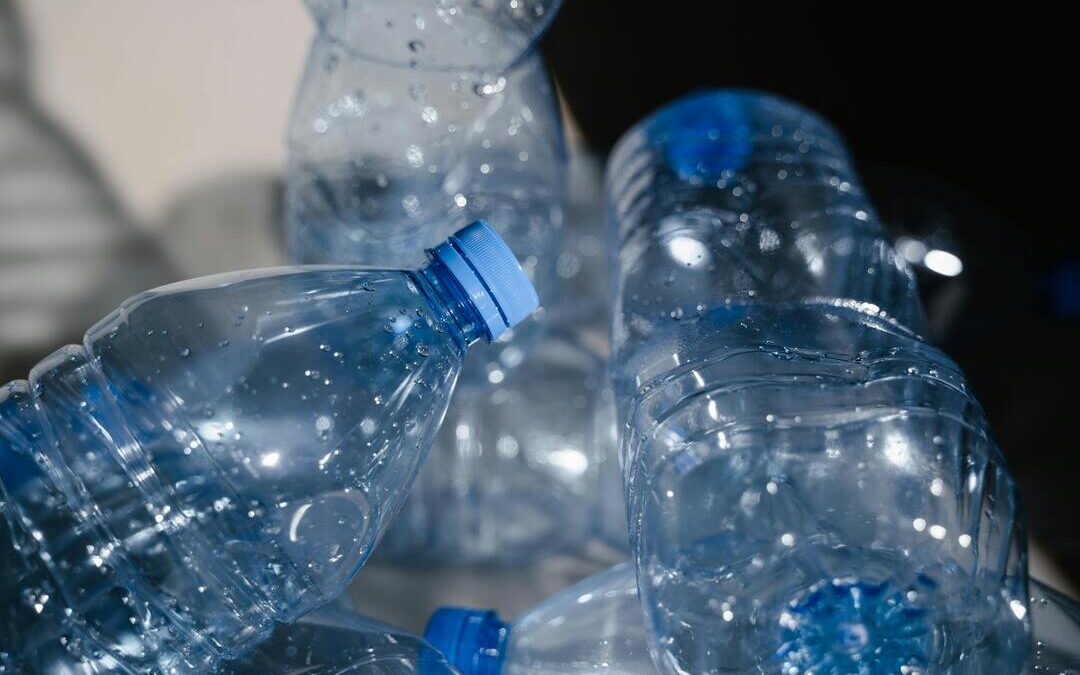South Korean Scientists Use Sunlight to Turn Plastic Waste into Hydrogen Fuel
Scientists in South Korea develop floating solar catalyst that turns plastic waste into clean hydrogen fuel.
A team of South Korean researchers has developed a novel photocatalytic technology that transforms plastic waste into clean hydrogen fuel using sunlight and water, offering a potentially scalable solution to both plastic pollution and sustainable energy production.
The breakthrough was made by scientists at the Institute for Basic Science Center for Nanoparticle Research, led by Professors Kim Dae-Hyeong and Hyeon Taeghwan of Seoul National University.
Their study introduces a floating photocatalyst system that extracts hydrogen from polyethylene terephthalate bottles — commonly used in plastic packaging — while producing no carbon emissions.
Overcoming Traditional Limitations
Hydrogen is increasingly viewed as a next-generation clean energy source, but conventional production methods, such as methane steam reforming, are energy-intensive and carbon-emitting.
Photocatalytic hydrogen production, which uses sunlight to split water molecules, offers a cleaner route but has struggled with stability and efficiency issues.
The IBS team addressed these challenges by embedding the photocatalyst in a hydrogel polymer matrix.
This design enables the material to float on water, maintain catalytic activity in strong light and harsh chemical environments and function effectively at the water-air interface — a key innovation that enhances gas separation and prevents unwanted side reactions.
“This structure is not only effective in theory but designed for real-life application,” said Dr. Lee Wanghee, a postdoctoral researcher at MIT and co-first author of the study. “Every component, from the polymer matrix to its placement on the water surface, was tailored for outdoor usability.”
Plastic Waste Turned Into Valuable Byproducts
The new system not only produces hydrogen gas but also breaks down PET plastics into commercially useful compounds such as ethylene glycol and terephthalic acid.
Tests showed the catalyst remained stable for over two months, even under highly alkaline conditions. It also functioned effectively in various water sources, including seawater and tap water.
In outdoor experiments using a one-square-meter device under natural sunlight, the team successfully generated hydrogen from PET bottle waste dissolved in water.
Simulations suggest that the platform can be scaled to 10 or 100 square meters, potentially enabling low-cost, carbon-free hydrogen production on an industrial scale.
Toward a Carbon-Neutral Future
“This research opens a new path where plastic waste becomes a valuable energy source,” said Professor Kim. “It’s a meaningful step that addresses both environmental pollution and the global demand for clean energy.”
Professor Hyeon added, “This is a rare example of a photocatalytic system that proves robust and practical outside the lab. It could serve as a key stepping stone toward a hydrogen-powered, carbon-neutral society.”
The research highlights South Korea’s growing leadership in clean energy innovation as countries worldwide seek sustainable solutions to the dual crises of plastic waste and climate change.
Also Read:
EU to Launch $52M Horizon Scheme to Recycle End-of-Life Waste in June
Nirmal Menon
Related posts

Subscribe
Error: Contact form not found.


